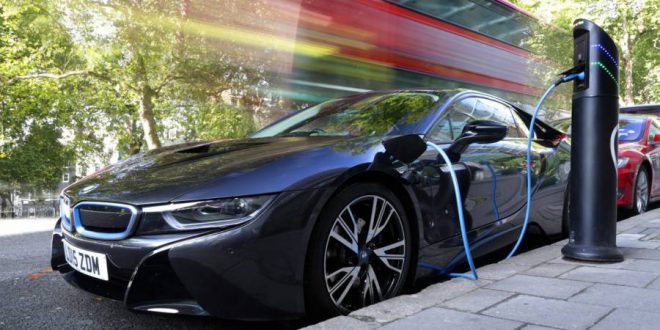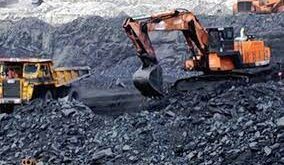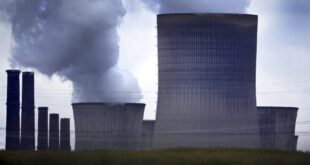Electric vehicles (EVs) are becoming more and more popular in most industrialized countries. Although conventional cars claim 99 percent of the market. the announcement of substantial investments by automakers in EVs signals a new era: Volkswagen is investing $40 billion in EV production. Daimler just announced a $23 billion battery order. and American firms are undergoing massive restructuring to keep up.
Despite the overwhelming abundance of EV news in the mobility sector. producers are not overly optimistic about their finances. General Motors. for example. doesn’t expect its electric vehicles to turn a profit in the coming years. European car makers are selling EVs for near-production value to maintain sales. The Achilles heel of the industry is the high production costs which need to be overcome to achieve the sustainable production and development of new models.
Low profitability in the EV sector
California based auto-maker Tesla had. until recently. been struggling with costs and the development of the production line of its new Model 3. The company reported its 2nd consecutive quarterly profit. Few competitors. however. can claim similar results with their EVs.
According to Carlos Tavares. the CEO of PSA which is the manufacturer of Peugeot. Citroen. and Opel. `everybody needs to realize that clean mobility is like organic food. it`s more expensive`. The problem with EVs is that they still cost €7.800. or approximately $8.800. more on average to produce compared to conventional ones. For plug-in hybrids. the extra costs are still around €5.000.
Despite the high costs. the sale of electric vehicles is set to grow over the coming years. On the short term. EVs will increase in China and Europe primarily due to government-imposed restriction and subsidies.
Most automakers. however. have accepted that they will not make a profit for a while and are pricing their EVs similarly to combustion engine models to maintain market share. BMW. for example. has priced its plug-in models relatively on par with diesel cars. The margins. therefore. on EVs are significantly small. The profitability of the industry is affected. which some automakers compensate by also focusing on conventional cars with large margins such as SUVs.
Competition and EV’s Achilles heel
The majority of the costs in producing EVs goes into batteries which make up 40 percent of the total. Although prices for batteries have dropped significantly over the last couple of years. some analysts think it could have fallen even further if production capacity would have kept up with demand.
Although a combination of developments threatens to increase costs. such as commodity prices for lithium and cobalt and the trade dispute between the U.S. and China. new manufacturing capacity has prevented it. Especially in China. factories are being built frenetically with Beijing assigning the battery industry part of its ‘Built in China 2025’ strategy.
Lowering the costs of batteries is essential for EV producers as automakers are rushing to enter the game. According to consultancy firm Deloitte. supply will outweigh demand by approximately 14 million units over the next decade. It suggests that the number of manufacturers is unsustainable to remain profitable on the long-term.
Reaching equilibrium
The EV market in both Europe and China is receiving a boost from their respective governments in order to tackle air pollution and in China’s case. also kickstart a new industry. European firms have announced significant investments. while Chinese companies receive big subsidies. The development of costs concerning. for example. batteries creates a veil of uncertainty regarding the long-term profitability of EVs.
American automakers. on the other hand. don’t receive the same number of subsidies and regulatory coercion as their Chinese and European peers. Nevertheless. GM and Ford have embarked on the road to electrification. Tesla. however. will remain a prominent producer on the American market and abroad for the foreseeable future.
 Iran Energy News Oil, Gas, Petrochemical and Energy Field Specialized Channel
Iran Energy News Oil, Gas, Petrochemical and Energy Field Specialized Channel




